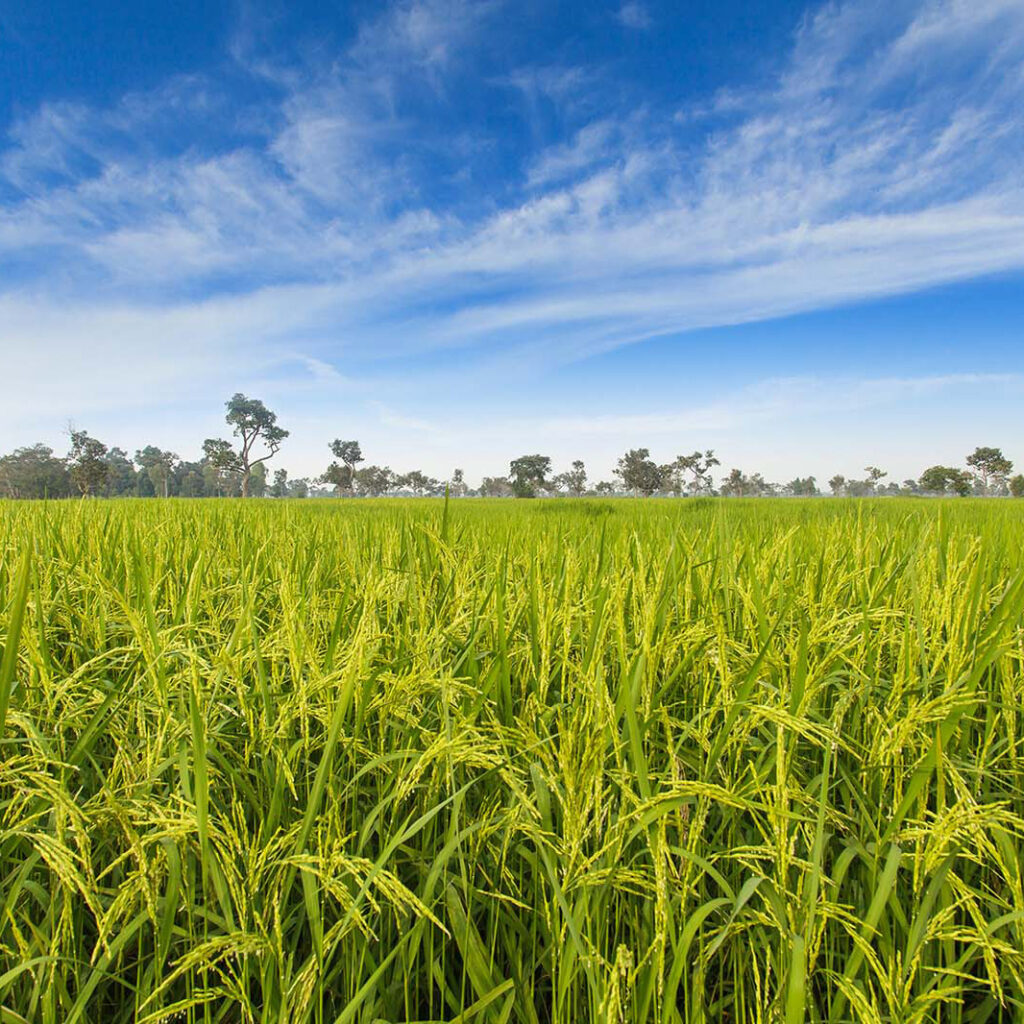Why Duramon 30 is better than CAN
Duramon 30 is a slow release nitrogen fertilizer enriched with sulphur, zinc and magnesium that are necessary for photosynthesis.
Duramon 30 is a slow release nitrogen fertilizer enriched with sulphur, zinc and magnesium that are necessary for photosynthesis.
Multiphos 10-25-0 + TE is a granular Compound NP fertilizer (Chemically Formulated) containing secondary and microelements for direct application to soil or in physical mixtures.
The pest has a 30-174 days lifecycle and can produce 2 to 10 generations in a year laying up to 800 eggs depending on multiple factors including temperature, food availability and quality, and humidity.

Rice farming started in Kenya in the year 1907 along the Coast region. Since then, the production and demand for rice has continued to increase. This is also due to the increase in population as well as urbanization.
Rice is grown in lowland, upland; irrigated paddy or wetland agro-ecosystems. There are several rice varieties grown in Kenya ranging from fixed line varieties to hybrid rice varieties. In Kenya rice is mainly produced by small-scale farmers in Central (Mwea), Western (Bunyala), Coast (Tana Delta, Msambweni) and Nyanza provinces (Ahero, West Kano, Migori and Kuria). The Mwea irrigation scheme is the largest in the country, accounting to about 70% of the paddy rice in Kenya.
Rice production in Kenya is far below the expected supply to satisfy its domestic demand. There are several factors which affect or decrease the production of rice:
Weed management is the most challenging issue due to climatic changes as a result of global warming which has affected the growing seasons. Men are mainly involved in land preparation (Ploughing, Rotavating and Leveling) and transportation, whereas women are responsible for planting, weeding, bird scaring, harvesting, threshing, and drying.
In terms of cost of production, weed management ranks as number one, taking over 35% of the cost of production per acre, when done manually. Widely the practice of weed control has been manual weeding. This is both labour and capital intensive. It also takes a lot of the farmer’s time thereby reducing their available time to participate in other socio-economic activities. Labour is largely assigned to women and children who spend the better part of the day under the scorching sun, manually removing the various types of weeds. In other cases, the farmer must hire farm hands to perform this duty. Hand weeding is done on a weekly basis at a fee thus increasing the production cost. The weed problem combined with the above-mentioned factors lowers both the quality and quantity of the end product.
In a bid to assist farmers solve this big problem, Lachlan Kenya Limited in collaboration with Corteva Agriscience has brought a solution by specially designing Topshot 60 OD. This is a selective herbicide that effectively controls the three types of weeds found in irrigated /lowland paddy fields – broadleaved weeds, sedges, and grass weeds. With the inception and adoption of the product from its launch in 2018 during, farmers have had the opportunity to sample and experience the product under the guidance and advice of Lachlan Kenya field staff through partnership with the stakeholders in the rice growing areas. Some of the stakeholders are Endless Africa Millers, National Irrigation Authority, Tana Millers, International Water Users Association, Mwea Rice Growers Multipurpose Co-op, Digifarm, Alluvial, and others.
Topshot 60 OD is only applied once in the rice growing season. This controls all the target weeds, and consequently the farmer is left with surplus time to engage in other agronomic practices in the fields. In addition to this, the production cost is cut by almost 40% which translates to more profits as well as an assured increase in both quality and quantity of the rice produced.
The product is safe to both the person spraying and to the crop; with good efficacy on target weed(s) without causing any crop injury (Phytotoxicity).